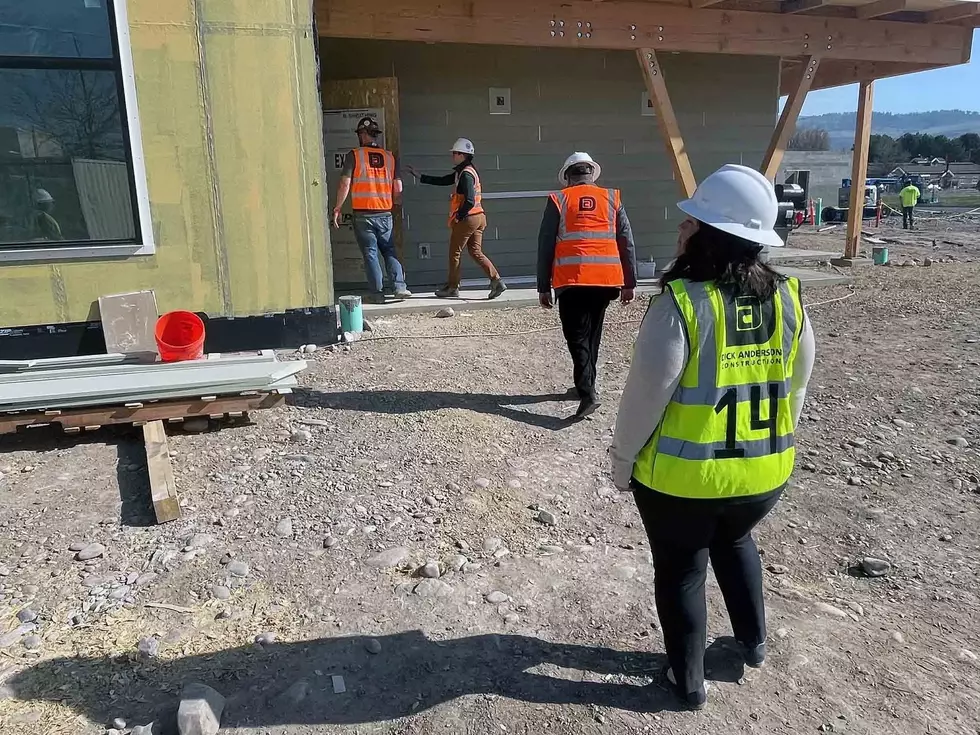
NorthWestern endures spike, imports electricity during Arctic blast
Martin Kidston
(Missoula Current) Montana’s largest power company delivered nearly 1,200 megawatts of electricity at peak hours during the recent Arctic freeze that fell over the state, nearly double what it was producing before the storm.
Most of that “emergency” power came from state-generated hydro and thermal sources, along with imported electricity needed to meet the spike in demand. Very little came from wind or solar as neither were available, according to NorthWestern Energy.
“Those are very high peaks,” said Jo Dee Black, spokesperson for NorthWestern. “We had peak usage for our natural gas customers as well. Our crews, planners and supply planners plan for this throughout the year so our systems are ready to serve our customers during these extreme conditions.”
Last Wednesday, a day before the winter storm rolled in, NorthWestern generated a peak 970 megawatts of electricity. Of that, 412 megawatts came from wind, 294 from hydro and 193 from thermal. Thanks to robust wind generation, the utility produced surplus electricity, which it can export to other markets when needed.
But by Friday as the cold air pushed in and temperatures in Missoula fell to -30 degrees, the demand for electricity jumped to nearly 1,100 megawatts. At the same time, wind generation died back, forcing the utility to import electricity from outside markets.
On Saturday and Sunday, the demand for electricity continued to climb to nearly 1,190 megawatts. Without any wind or solar to accompany it, NorthWestern saw a generating deficit of nearly 600 megawatts, forcing it to import more electricity from outside markets.
NorthWestern’s deficit in electrical generation lasted for five days. It wasn’t until late Monday night that wind generation began to pick back up, helping the utility meet demand without importing costly electricity.
Black said the utility doesn’t like importing energy from outside markets, given the volatility in pricing. It’s looking to add more wind and solar production to its portfolio, but the renewable sources can’t always be relied on, Black said.
“It’s why we’re working to close that capacity gap and add more capacity dedicated to serving our Montana customers.,” said Black. “Having that in-state generation to serve our Montana customers means we’re not reliant on transmission to import out-of-state generation during these critical times.”
NorthWestern’s use of natural gas and coal-fired power plants has grown increasingly controversial in recent years, primarily due to climate change. The utility’s Integrated Resource Plan also has come under fire, with opponents suggesting, among other things, that it doesn’t consider other technology, including long-term battery storage.
But Black said the recent cold snap punctuates the need for reliable on-demand power. And as proven by recent weather, wind and solar aren’t always available.
“We’ve got wind back on our system today, and a little bit of sun yesterday,” she said. “But during these extreme events, these bitter cold temperatures, we don’t get a lot of wind generation. It’s why we’re working to secure additional 24-7 on-demand generation in Montana dedicated to serving our Montana customers, so we’re not as dependent on importing during these extremes.”
In Missoula, the population has grown around 2% each of the past few years, and both the city and county have goals to achieve 100% clean electricity by 2035. They’re also pushing for a shift to electrification and away from natural gas.
NorthWestern has worked with both governments to aid in that transition, which includes the utility’s participation in drafting and adopting Montana’s first green tariff. Still, Black said, a diversified energy portfolio is necessary, as evidenced by the recent cold snap.
“Wind and solar are great resources, but they’re variable. When conditions are extreme, that’s when we really lean into our 24-7 on-demand generation,” she said. “In order to keep the grid stable, to balance the variable resources, you have to have 24-7 on-demand generation. In order to have more wind generation available on our system, we have to have the ability to balance that.”
LOOK: Biggest snowfalls recorded in Montana history
Gallery Credit: Stacker
More From Newstalk KGVO 1290 AM & 98.3 FM









